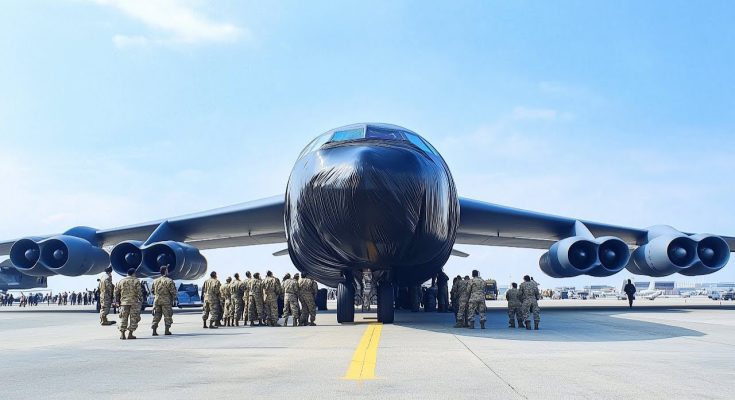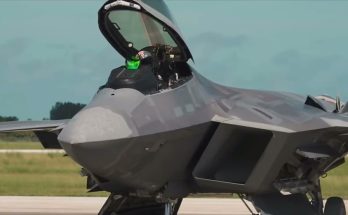The U.S. Air Force continues to operate the B-52 Stratofortress, a massive jet that first entered service in 1955, and plans to keep it in the air until at least 2050. This longevity is remarkable for any military aircraft, particularly one that is more than 70 years old. The B-52’s continued service, despite its age, can be attributed to a combination of its versatility, cost-effectiveness, and adaptability to modern warfare requirements.
Versatility and Reliability
The B-52 was originally designed as a long-range strategic bomber capable of carrying nuclear weapons. Over the decades, however, it has been upgraded to handle a broader range of mission types, including conventional bombing, surveillance, and close air support. Its ability to carry a wide variety of payloads, from precision-guided munitions to cruise missiles, has made it incredibly adaptable to changing military needs.
Moreover, the aircraft’s design and its turbofan engines are relatively simple compared to more modern jets, which makes the B-52 highly maintainable. Its structure is robust, and its airframe can withstand a significant amount of wear and tear, extending its useful life far beyond that of most other aircraft.
Modernization Efforts
One of the reasons the B-52 has remained in service for so long is its ability to be upgraded with modern technology. The U.S. Air Force has invested heavily in modernizing the aircraft’s systems, including its avionics, radar, communications, and weapons control systems. These upgrades ensure that the B-52 remains effective in contemporary combat environments.
For example, the B-52 is being outfitted with new engines that will improve fuel efficiency, reduce maintenance costs, and extend the aircraft’s operational life. Additionally, new weapons systems are being integrated into the bomber to maintain its relevance in a world where precision and standoff capabilities are increasingly important.
The B-52 has also been equipped to launch modern cruise missiles like the AGM-86, as well as hypersonic weapons that could be deployed in the future. This flexibility ensures that the Stratofortress remains a viable asset to the U.S. military, even as newer, stealthier bombers like the B-2 and B-21 are brought into service.
Cost-Effectiveness
In an era of rising defense budgets and shifting priorities, the cost-effectiveness of keeping the B-52 in service is a key factor. While new bombers like the B-21 are expected to be far more expensive, the B-52 offers a much lower-cost solution for a variety of missions. Its operational costs are well understood, and its maintenance, while significant, is still less expensive than bringing an entirely new aircraft into service.
Additionally, the B-52 can be operated alongside more advanced aircraft, providing a balanced force structure. Its large payload capacity and ability to carry a mix of conventional and nuclear weapons make it a valuable asset that complements the capabilities of newer bombers.
Strategic Value
Finally, the B-52 serves a critical strategic role. Its long-range capabilities allow it to project power globally, providing the U.S. with a reliable, flexible deterrent. The B-52 can conduct both nuclear and conventional missions, and its ability to deliver massive payloads over long distances makes it an indispensable part of the U.S. military’s global strike capabilities.
While some critics argue that the B-52 is outdated, its continued relevance is undeniable. The aircraft’s ability to evolve, its cost-effectiveness, and its role in the broader defense strategy mean that it will remain in service for decades to come. As the U.S. Air Force looks to balance its budget and keep up with modern threats, the B-52 will continue to serve as a key component of American military power until at least 2050 and beyond.



